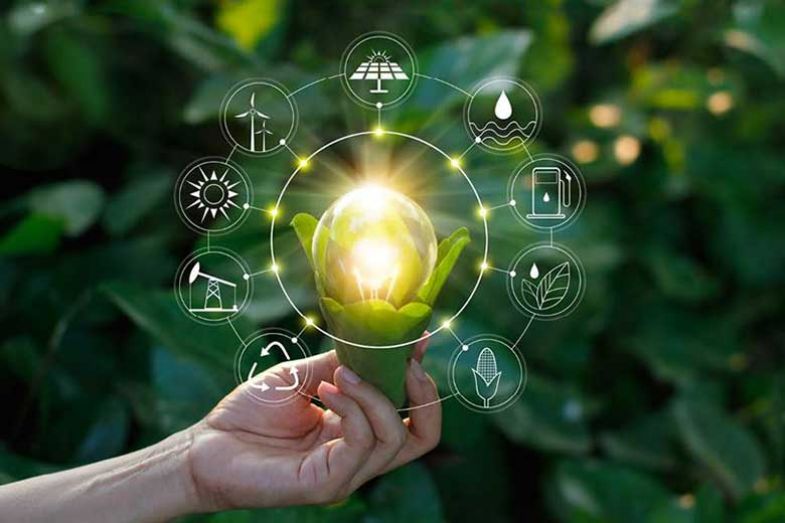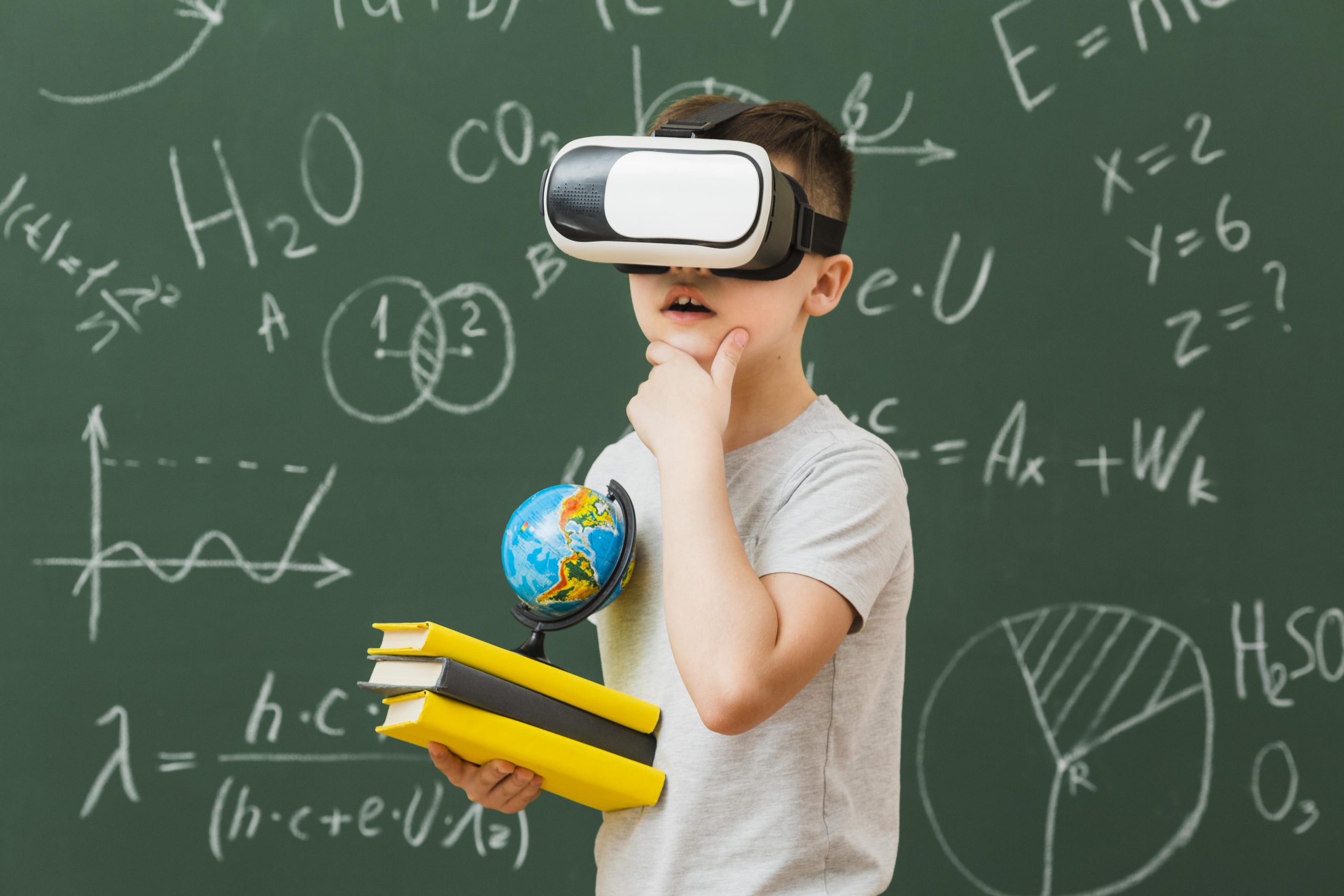

The Role of Science Education in Building a Sustainable Future
By: STEPS
As the world grapples with pressing challenges such as climate change, resource depletion, and environmental degradation, the role of science education in building a sustainable future has never been more critical. Science education equips students with the knowledge, skills, and mindset necessary to address these global issues and foster sustainable practices. This article explores how science education contributes to sustainability, its impact on future generations, and the innovative approaches that can enhance its effectiveness.
Understanding Sustainability Through Science Education
The Foundations of Sustainability
Sustainability involves meeting the needs of the present without compromising the ability of future generations to meet their own needs. It encompasses three core pillars: environmental protection, economic development, and social equity. Science education provides a foundation for understanding these pillars by exploring how natural systems work, how human activities impact the environment, and how sustainable practices can be implemented.
Example:In environmental science classes, students learn about ecosystems, renewable energy sources, and the impacts of pollution. This knowledge helps them understand the interconnectedness of natural systems and the importance of sustainable practices.
Resources:
• United Nations Sustainable Development Goals (SDGs)
• Environmental Science Education - National Geographic
Promoting Critical Thinking and Problem-Solving
Science education fosters critical thinking and problem-solving skills, which are essential for addressing complex sustainability challenges. By engaging in scientific inquiry and experimentation, students learn to analyze data, evaluate evidence, and develop innovative solutions to real-world problems.
Example:Project-based learning (PBL) initiatives, where students work on projects related to renewable energy or waste management, encourage them to apply scientific principles to develop practical solutions. This hands-on approach not only enhances their understanding but also empowers them to contribute to sustainability efforts.
Resources:
• Project-Based Learning - Buck Institute for Education
• Critical Thinking in Science Education - Education Corner
Inspiring the Next Generation of Environmental Leaders
Engaging Students with Real-World Issues
Science education that connects classroom learning with real-world issues helps students see the relevance of their studies and motivates them to become active participants in sustainability efforts. Field trips, community projects, and collaborations with environmental organizations provide students with practical experience and inspire them to pursue careers in environmental science and sustainability.
Example:Organizations like the Youth Climate Coalition engage young people in climate advocacy and action, providing them with opportunities to make a tangible impact on environmental issues.
Resources:
• Environmental Education - NAAEE
• Youth Climate Coalition
Fostering Interdisciplinary Learning
Sustainability is inherently interdisciplinary, involving fields such as biology, chemistry, physics, economics, and social sciences. Science education that integrates multiple disciplines helps students understand the broader context of sustainability and prepares them to tackle complex challenges from a holistic perspective.
Example:Integrating subjects like ecology, chemistry, and economics into a unified curriculum allows students to explore how environmental policies, chemical processes, and ecological systems interact and influence each other.
Resources:
• Interdisciplinary Learning - Edutopia
• Sustainability Education - UNESCO
Innovative Approaches to Science Education for Sustainability
Incorporating Technology and Digital Tools
Technology plays a crucial role in modern science education, providing innovative tools and resources for teaching and learning about sustainability. Digital simulations, virtual labs, and online databases offer students interactive and engaging ways to explore scientific concepts and sustainability issues.
Example:The use of virtual labs allows students to conduct experiments and explore scientific phenomena related to sustainability without the constraints of physical lab spaces. These tools enhance their understanding and engagement with complex topics.
Resources:
• Labster - Virtual Labs
• NASA’s Earth Science Education - Digital Tools
Promoting Outdoor Learning and Nature Connection
Experiential learning in natural settings fosters a deeper connection to the environment and enhances students' appreciation for nature. Outdoor classrooms, nature walks, and environmental stewardship activities provide hands-on learning experiences that reinforce the importance of sustainability.
Example:Programs like Schoolyard Habitats encourage schools to create wildlife-friendly outdoor spaces, allowing students to observe and engage with local ecosystems while learning about conservation.
Resources:
• Outdoor Learning - Project Learning Tree
• Nature Connection - National Wildlife Federation
The Global Impact of Science Education on Sustainability
Bridging the Gap Between Local and Global Issues
Science education fosters a global perspective by connecting local sustainability issues with broader, global challenges. Students learn about international environmental agreements, global climate change, and sustainable development goals, helping them understand the interconnected nature of environmental issues.
Example:The International Baccalaureate (IB) Environmental Systems and Societies course encourages students to explore environmental issues from a global perspective and understand their local implications.
Resources:
• International Baccalaureate - Environmental Systems and Societies
• Global Environmental Education - Green Schools Alliance
Collaborating Across Borders for Sustainable Solutions
Science education also promotes international collaboration by involving students in global research projects, exchanges, and partnerships. These opportunities enable students to work with peers from different countries, share knowledge, and develop solutions to global sustainability challenges.
Example:Initiatives like The Global STEM Alliance connect students and educators worldwide to collaborate on STEM projects and address global issues through innovative solutions.
Resources:
• The Global STEM Alliance
• International Science Education - Science Education International
Conclusion
Science education plays a pivotal role in building a sustainable future by equipping students with the knowledge, skills, and mindset necessary to tackle environmental challenges. By fostering critical thinking, inspiring the next generation of environmental leaders, and incorporating innovative approaches, science education can drive positive change and contribute to a more sustainable world.
As educators, policymakers, and students continue to prioritize sustainability, it is essential to explore and implement effective science education strategies that promote environmental stewardship, interdisciplinary learning, and global collaboration. Through these efforts, we can empower future generations to create innovative solutions and build a sustainable future for all.



